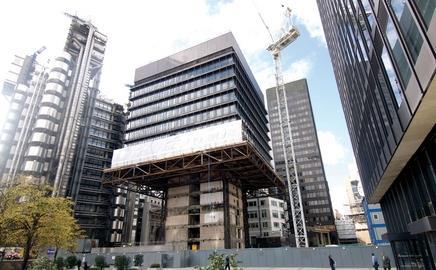Those contractors involved in getting a site ready face an extremely complex market …
As construction continues to boom, most suppliers are reporting healthy order books with extended lead times. Because many specialists are not required until the later stages of projects, the financial market problems affecting clients are not likely to hit most them for another year or more.
However, specialists involved in enabling and ground works are appointed early on and are more susceptible problems in the financial markets. It is common on commercial projects, on which the client is a regular industry customer, for it to enter into a direct preconstruction agreement with specialist contractors for enabling works, while details are finalised.
Many major projects are at the preconstruction phase at the moment, particularly in London, as clients have commissioned buildings to be complete in time for the 2012 Olympics. Projects including the Pinnacle, the Shard at London Bridge, 20 Fenchurch Street and 122 Leadenhall are in the preconstruction phase.
The London Olympics construction programme is also drawing extensive resources to fulfil enabling works. This includes building waterways, water and energy systems, roads, bridges, and demolishing buildings. Preconstruction work for the aquatics centre and stadium will also start in the coming months.
The duration of work in the preconstruction phase is increasing as a result of more complex demolition and substructure work. These projects increasingly require deconstruction using innovative methods, for example the buildings in Leadenhall Street (pictured) and Fenchurch Street in London, which were built using top down construction methods, now have to be deconstructed from the bottom up to maintain structural integrity. This is time-consuming and has to be compliant with more onerous planning and legislative conditions, particularly relating to noise, dust and vibration. Often work has to be undertaken at certain times, further extending the duration of the phase.
At the same time, the financial turmoil is delaying projects and leading to increased capacity and therefore shorter lead times in the short term.
This provides opportunities for small one-off projects to be completed before larger projects come back on stream. The medium to long-term forecast is for lead times to increase as preconstruction work is put off or becomes extended. This, in turn, will lead to a reduction in capacity and so longer lead times.
It will be interesting to monitor the impact on lead times as financial market issues continue to affect the property sector and the knock-on effect on the early stop/start on projects.
Coming up …
22 February Cost model
29 February International costs
7 March Mini-cost model update
More economics articles at




























No comments yet